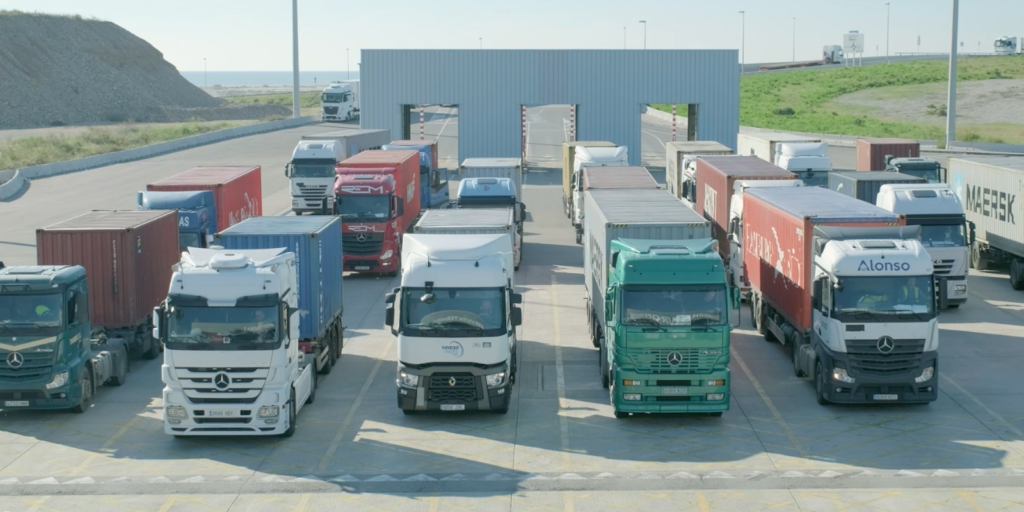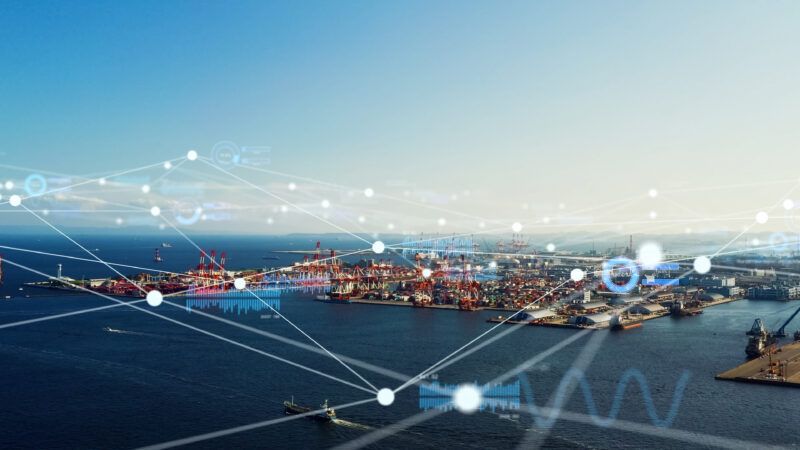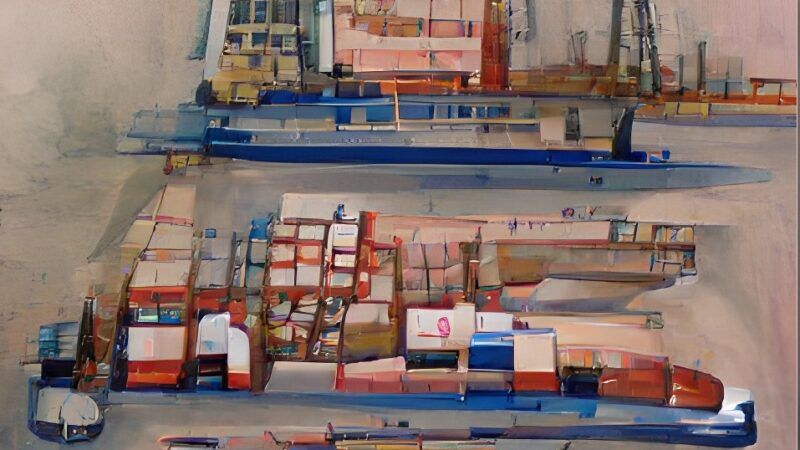90% of the lorries that come through the terminals each day do so without having to stop what they’re doing for bureaucratic procedures. If we take into account that more than 3,000 vehicles pass through here each day, on average, it is easy to get an idea of all the time being saved, which can be used to increase the number of operations. By implementing virtual gates, customs clearance can be done online, as well as compiling useful, individual data. “It is a new concept that addresses the port’s needs. As the port authority, our mission is to optimise and speed up all the processes at the facility,” explains Catalina Grimalt, CIO at the Port of Barcelona, who has led the development and implementation of the system.
Leading through collaboration
Virtual gates were born out of the desire to collaborate to share data between the terminals and the port authority in order to advance gate automation to create a virtual platform, called “Virtual Gates,” which provides real-time information on what is going on at the physical gates that are not managed by the port authority. Having all of this data about the physical gates is one of the key focal points for developing smart solutions.
Today, logistics excellence makes no sense if it is not brought about through collaboration among all the members of the chain. In terms of documents, 100% of all documents required for a container to enter or leave the Port of Barcelona grounds is processed telematically and shared by all of the members of this chain: terminals, transport companies, shipping lines, freight forwarders, customs agents, Customs and Port Authority, among others. The next logical step is to not only share documentary information but also physical information on what is really happening, which should coincide with that on the documents. To compile this physical information collected by different sensors, the concept of a virtual port or virtual gates has been established. An automated gate at a terminal, with its LPR camera, OCR reader and booth to interact with the driver can be considered a data collection site. This data can be transferred in real time to a web service that integrates it into the shared systems. This is the concept of the virtual gates.

Virtual gates have served to automate customs clearance, known as the Sistema Integrado de Control Aduanero (SICAD) (Integrated Customs Management System). SICAD has been implemented at BEST- Hutchison, APM Terminals Barcelona and Barcelona Grimaldi Terminal.
Grimalt explains that the data is transferred in real time to the port authority: “With all of this information, we’ve been able to speed up and ‘virtualise’ customs procedures at the container terminals. We connect with customs and can find out, automatically at any time, if the lorries can be dispatched with their goods.” There is no doubt that technology and innovation are key for this to take place in real time, offering new services based on the flow of data and digitising processes.
These improvements save everyone time and have an eco-sustainable bonus. This breaks with the traditional format of entering and leaving the terminal, which involved several hours of red tape and controls, not to mention more gas emissions into the atmosphere. “Lorries exit more fluidly, without having to stop or be checked by port or customs staff, securely and transparently,” adds Grimalt. “And if the end customer detects any sort of problem, we have individual information on each operation, so we can give them any relevant information.”
Another solution that has been developed thanks to Virtual Gates is calculating the wait time for vehicles before entering the port. This is possible by combining the gate data at the terminals with information at the entrance gates to the Port of Barcelona.
 A virtual gate from Port of Barcelona.
A virtual gate from Port of Barcelona.
 A virtual gate from Port of Barcelona.
A virtual gate from Port of Barcelona.







